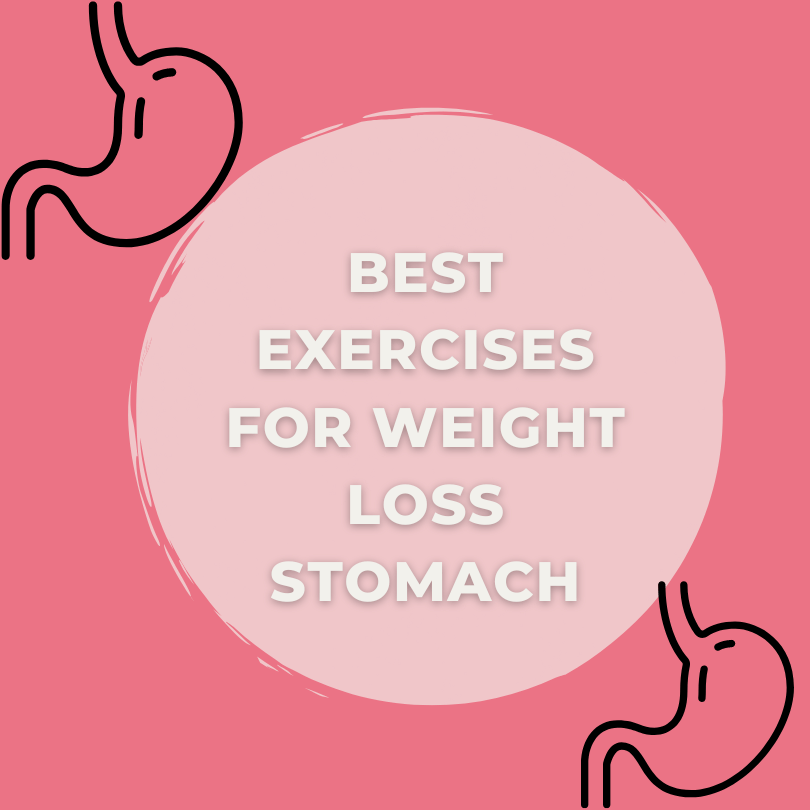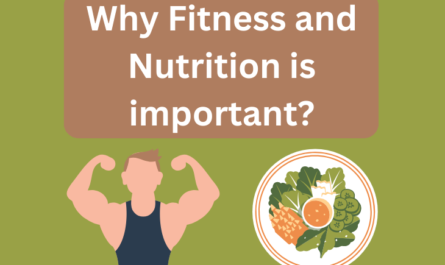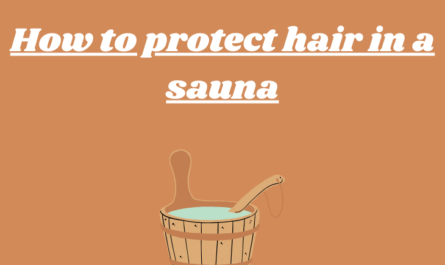What is the best exercise for weight loss stomach?
When it comes to losing weight in the stomach area, exercises that target the core muscles can be particularly effective. Here are some of the best exercises for weight loss in the stomach:
Planks: Planks are a great exercise for strengthening the core muscles and toning the stomach. To perform a plank, start in a push-up position, then lower down onto your forearms. Hold this position for as long as possible, keeping your back straight and your core engaged.
Bicycle crunches: Bicycle crunches are a classic ab exercise that can help tone the stomach muscles. Lie on your back with your hands behind your head, then lift your legs and alternate bringing your right elbow to your left knee, then your left elbow to your right knee.
Russian twists: Russian twists are a challenging exercise that target the oblique muscles. Sit on the floor with your knees bent and feet flat on the ground, then lean back slightly and twist your torso to the right, touching your hands to the ground beside you. Repeat on the left side.
Mountain climbers: Mountain climbers are a high-intensity exercise that work the core muscles and elevate the heart rate, making them great for weight loss. Start in a push-up position, then alternate bringing each knee towards your chest as quickly as possible.
It’s important to note that while these exercises can help tone the stomach muscles, spot reduction (losing weight in a specific area) is not possible. A healthy diet and regular exercise are essential for overall weight loss and a healthy body.
Weight loss or muscle gain first?
Whether to focus on weight loss or muscle gain first depends on your individual goals and current body composition. Here are some factors to consider:
Body fat percentage: If you have a high body fat percentage, it may be beneficial to focus on weight loss first. Losing excess body fat can help improve overall health and make it easier to gain muscle later on.
Current muscle mass: If you have a low amount of muscle mass, it may be beneficial to focus on muscle gain first. Building muscle can help improve strength and metabolism, which can make it easier to lose weight later on.
Personal goals: Your personal goals and preferences should also be taken into consideration. If you prioritise losing weight, it may be more beneficial to focus on weight loss first. If you prioritise building muscle and improving strength, it may be more beneficial to focus on muscle gain first.
Ultimately, it’s important to remember that weight loss and muscle gain are not mutually exclusive. With a balanced diet and regular exercise routine, it’s possible to achieve both goals simultaneously. It’s also important to consult with a healthcare professional or certified personal trainer before starting any new exercise or diet program.
Weight loss Heart rate
Heart rate can play an important role in weight loss, as it can indicate the intensity of exercise needed to burn calories and fat. Here are some things to know about heart rate and weight loss:
Target heart rate zone: Your target heart rate zone is the range of heartbeats per minute that you should aim for during exercise to achieve optimal weight loss. This can vary based on age, fitness level, and other factors. A general guideline is to aim for 50-70% of your maximum heart rate.
High-intensity interval training (HIIT): HIIT is a type of exercise that involves short bursts of high-intensity exercise followed by periods of rest or low-intensity exercise. It has been shown to be particularly effective for weight loss, as it can increase heart rate and burn more calories in a shorter amount of time.
Cardiovascular exercise: Cardiovascular exercise, such as running, cycling, or swimming, can also be effective for weight loss. Aim to maintain your heart rate within your target heart rate zone for at least 30 minutes per day, most days of the week.
Consult with a professional: It’s important to consult with a healthcare professional or certified personal trainer to determine your target heart rate zone and develop a safe and effective exercise plan for weight loss.
Weight loss 1000 calories a day
Losing 1000 calories a day through diet and exercise can be an effective way to achieve weight loss. However, it’s important to ensure that you are doing so in a safe and healthy way. Here are some tips:
Calculate your daily calorie needs: Before you start reducing your calorie intake, it’s important to determine how many calories you need each day to maintain your current weight. This can vary depending on factors such as age, gender, height, and activity level. You can use an online calculator to get an estimate of your daily calorie needs.
Create a calorie deficit: To lose one pound of body weight per week, you need to create a calorie deficit of 3,500 calories. This can be achieved by reducing your calorie intake by 500 calories per day, increasing your physical activity to burn an additional 500 calories per day, or a combination of both.
Choose healthy, low-calorie foods: To reduce your calorie intake, focus on eating nutrient-dense, low-calorie foods such as fruits, vegetables, whole grains, lean proteins, and healthy fats. Avoid processed and high-calorie foods.
Exercise regularly: To increase your calorie burn, aim for at least 30 minutes of moderate-intensity exercise, such as brisk walking, cycling, or swimming, most days of the week. You can also incorporate strength training exercises to build muscle, which can help boost metabolism and burn more calories.
Cryotherapy and Weight loss
Cryotherapy is a form of therapy that involves exposing the body to extremely cold temperatures for a short period of time, typically a few minutes. While cryotherapy has been touted as a potential weight loss tool, there is limited scientific evidence to support this claim.
Proponents of cryotherapy for weight loss suggest that the cold temperatures can help increase metabolism and burn calories. However, research on the effects of cryotherapy on metabolism and weight loss is limited and inconclusive.
While cryotherapy may have some potential health benefits, such as reducing inflammation and relieving pain, it should not be used as a sole method for weight loss. A healthy diet and regular exercise are the most effective ways to achieve and maintain a healthy weight. Additionally, if you have any medical conditions, it’s important to consult with a healthcare professional before trying cryotherapy or any other new form of therapy.
Weight loss 24 hour fast
A 24-hour fast can be a strategy for weight loss, but it should be approached with caution and with guidance from a healthcare professional. Here’s what you need to know:
What is a 24-hour fast?
A 24-hour fast involves abstaining from all food for a period of 24 hours. This means eating dinner one night and then not eating again until dinner the next night.
How does it help with weight loss?
Fasting can help create a calorie deficit, which is necessary for weight loss. Additionally, during a fast, the body may switch to burning stored fat for energy, leading to further weight loss.
What are the potential risks?
Fasting for too long or too frequently can lead to malnutrition, dehydration, and other health problems. Additionally, fasting can be difficult to sustain and may lead to binge eating or other unhealthy eating habits.
How to do it safely?
If you are considering a 24-hour fast for weight loss, it’s important to talk to your doctor first, especially if you have any medical conditions. It’s also important to stay hydrated during the fast, and to break the fast gradually with small, nutritious meals.
In general, a 24-hour fast should not be the primary strategy for weight loss. A healthy diet and regular exercise are essential for long-term weight loss and overall health.
Read more about exercise by visiting the link below.
https://family-fitness-fun.com/how-many-exercises-encompass-stretching/





